Librarians love graphic novels!
By Jan Johnson, Teen Librarian
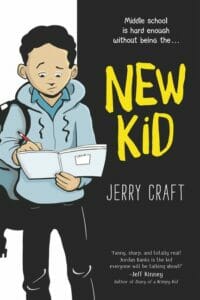 If you don’t get why graphic novels are so popular, you’re not alone. As a librarian, I see first-hand how fast these books fly off the shelf, and I know they are fantastic for getting reluctant readers, reading. But I never picked one up until last year. One book was all it took to get me hooked! I know that kids and teens love them, but they are increasingly becoming popular with adults. Graphic novels, or comics, are increasing in popularity daily, and librarians love them! Ok, we don’t necessarily like to shelve them (think lots of very thin paperbacks all falling over every time you try to put one away-arghhhhh).
If you don’t get why graphic novels are so popular, you’re not alone. As a librarian, I see first-hand how fast these books fly off the shelf, and I know they are fantastic for getting reluctant readers, reading. But I never picked one up until last year. One book was all it took to get me hooked! I know that kids and teens love them, but they are increasingly becoming popular with adults. Graphic novels, or comics, are increasing in popularity daily, and librarians love them! Ok, we don’t necessarily like to shelve them (think lots of very thin paperbacks all falling over every time you try to put one away-arghhhhh).
But I digress. Why do we love them? Well, it’s pretty easy. They get kids reading, and they keep them reading! Of course, there are other great reasons we love them. They help kids decipher nonverbal and facial clues to interpret a character’s feelings or meaning. The use of illustration, text, color, and line movements, all force us to slow down and focus. The use of rich graphics and text also accesses different areas of the brain; in little kids, especially emerging readers, that right- and left-brain stimulation helps to solidify those early learning skills. They are a fabulous way to help struggling readers strengthen their vocabulary, increase their reading confidence, and understand the complexities of storytelling. Hearing “Mom, I just finished another Dog Man!” from my then-fourth-grader, struggling to reach the next reading level in class, is priceless!
With the popularity of graphic novels and comics on the rise, the breadth of their topics are increasing in both fiction and non-fiction form. Graphic novels can do more than just tell an entertaining story, they have the power to teach us something new. We can glimpse someone else’s life, and the power of words and pictures coming together creates a wonderful medium to give life to non-fiction stories and events that might be more accessible and powerful to readers. You can learn about the Civil Rights movement with John Lewis’s “March,” experience what moving from South Korea to Alabama is like in “Almost American Girl” by Robin Ha, or learn about Valentina Tereshkova, the first woman in space, in Jim Ottaviani’s “Astronauts: Women on the Final Frontier.” I know that my experience reading non-fiction graphic memoirs engages me to the heart of the story.
The first graphic novel I ever picked up was “Gender Queer: A Memoir” by Maia Kobabe. With several people I know and love being non-binary, I went into it hoping to understand and empathize with them. The book did just that and so much more. Maia’s intensely personal memoir opens our eyes to eir (Maia uses e/em/eir pronouns) coming of age and trying to navigate the realm of eir self-identity. Maia tells us eir stories that take us on eir journey of self-discovery.
“They Called Us Enemy” is written by George Takei, Justin Eisinger, Steven Scott, and illustrated by Harmony Becker. This book is Takei’s first-hand account of living in Japanese internment camps in the United States during WWII. From the early age of four years old, Takei takes us through his family’s four-year experience of life in the camps, with stories of happiness and heartbreak. The history is laid out and beautifully woven through the pages of this story, bringing to life the 120,000+ Japanese Americans who lived through this horror, and the trials they suffered for simply being Japanese.
One of my favorite middle grade graphic novels is “New Kid” by Jerry Craft. When new kid Jordan Banks starts at Riverdale Academy middle school, he’s worried he won’t make friends, be too different from everyone else, and not have any art classes (which is where he wants to focus). It takes a while, but eventually Jordan gets into the groove of his new middle school. We follow Jordan as he navigates microaggressions, pressure from his parents, and the need for friends and time for his sketches. This book brings a real-world focus on the differences that culture, finances, and race have on a very real, very timely school situation.
There are many ways to enjoy graphic novels. Of course, the good old-fashioned book is a tried-and-true favorite, but many are available digitally with your library card on Hoopla and Sunflower elibrary. ComicsPlus is a fantastic new resource available from the State Library of Kansas. Stop by the second floor reference desk to learn more.



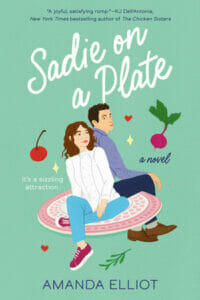
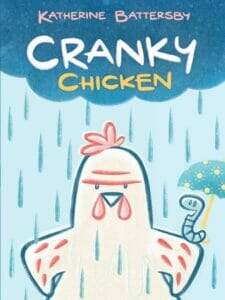
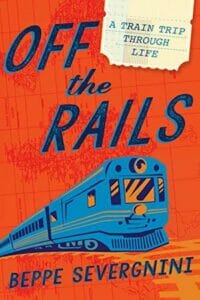



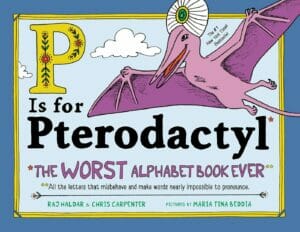
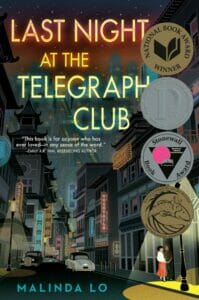 In the opening pages of “
In the opening pages of “